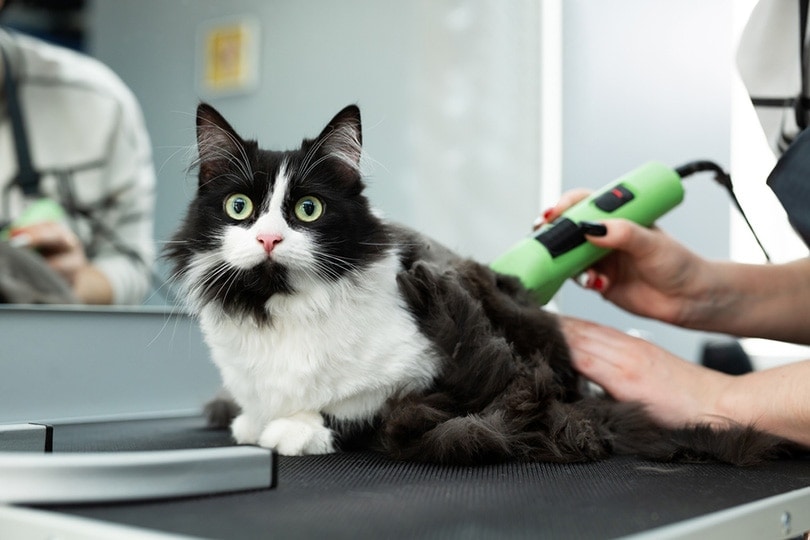How to Teach a Cat to Fetch in 10 Simple Steps

Updated on

It’s a game associated with dogs, but you will be happy to know fetch is something you can share with your cat. Not every cat will take to it, but you will never know if you don’t try, so here’s your chance to give it a go!
It’s an excellent exercise for tubby cats that need to lose a few pounds or a way for your cat to burn off some energy and stay mentally sharp. Keep reading and find out how to teach your cat to fetch, because why should dogs get to have all the fun?
The 10 Simple Steps to Teach a Cat to Fetch
1. Find a Quiet Spot
You’ll want a small, clear area with no interruptions to keep your cat’s attention and teach it something new. When your cat gets better at the game, you can move to a larger area, but to start with somewhere small is perfect because it will restrict the playing field and keep the feline from getting distracted.
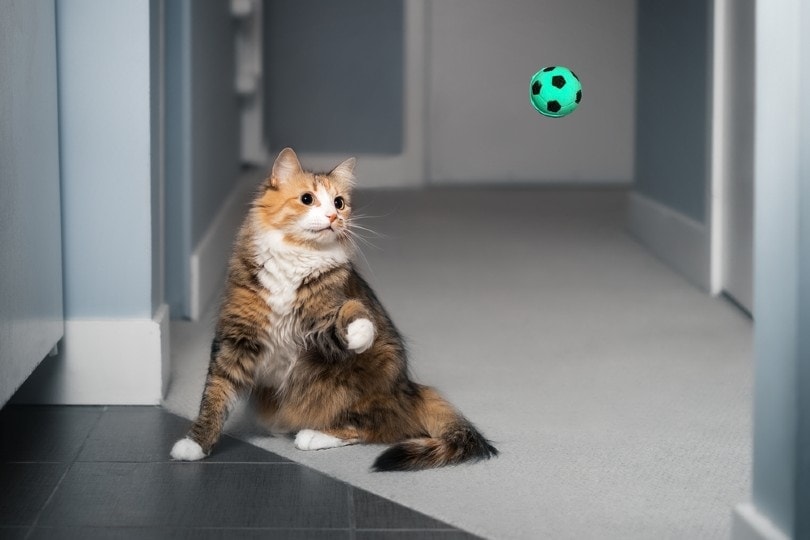
2. Select Your Toy
Follow your cat’s natural preferences when introducing this new game. If your cat has a favorite object or toy, we suggest you select another (more on that later.) You could also choose a treat for fetch, but your pet might not be inclined to bring it back.
If your cat needs a great toy to get the playing started, we recommend our Hepper Catnip Stick Toy. These sturdy, dual-layer sticks are hand-made in the USA and filled with 100% organic catnip. Choose from a fun range of pastel colors and give your cat hours of playtime!
3. Timing Is Everything
Make sure you play when your cat is awake and alert, and we also recommend you start playing before mealtimes, as many owners find their cat is more receptive to training. The game will go nowhere if you pick the cat’s nap time to play, so be clever with your choice.
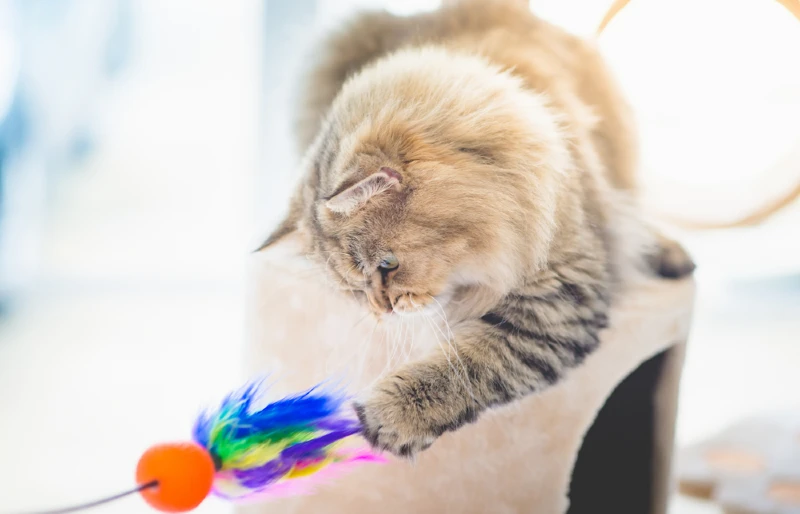
4. Rewards Are Key
Sometimes, picking up the toy and tossing it is reward enough for a cat, but it depends on the cat. Positive reinforcement with treats will help if your pet takes time to warm up to the game.
5. The Game Name
Cats might not communicate with words, but they certainly understand some, and you can link the game of fetch to a name to help your cat understand when the game is about to begin.
Once you’ve tossed the toy, say “fetch” and praise your cat by saying “good cat” when it returns with the toy. You can combine this with giving it a treat if you think it needs more positive reinforcement than just praise.
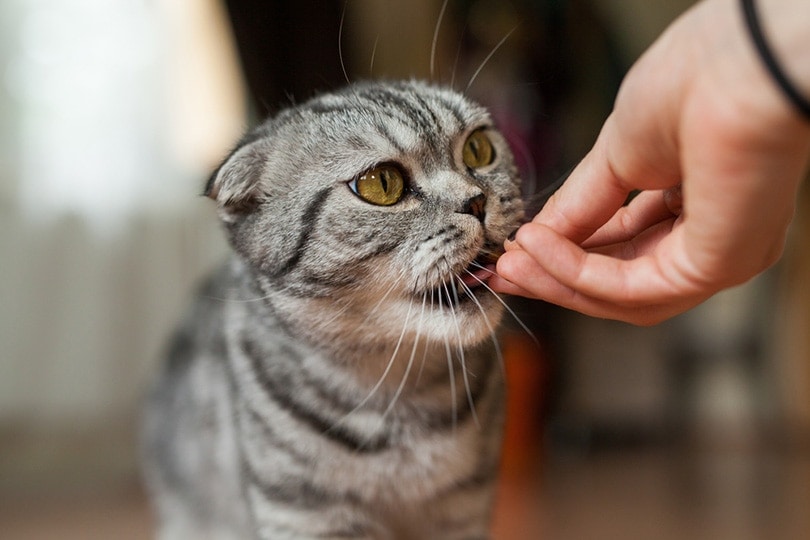
6. He’s Smart, but You’re Smarter
If the cat returns and doesn’t drop the toy, show it the treat in your hand. Once they drop it, provide a treat and say “good cat.”
7. The Fetch Toy
So the toy doesn’t lose its value, make sure it is not left lying around the house. That is why we suggested not using his favorite toy earlier. Making the fetch toy something special means the cat will associate it with your shared game.
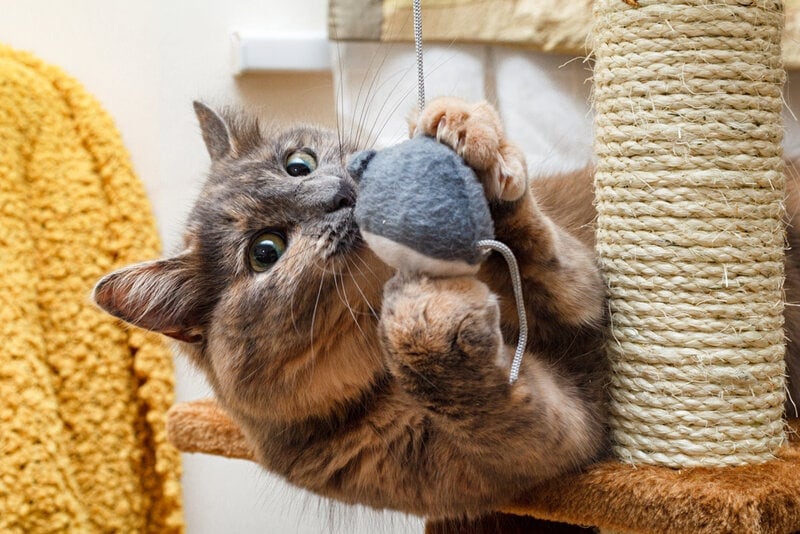
8. Monkey in the Middle
Once the feline gets the hang of fetch, there is no stopping you both! You can move into a larger room and bring another family member or friend into the game. Sit at either end of the room and play monkey in the middle. This will teach your cat to play fetch with other people too.
9. Keep It Fun
Keep the games short. While dogs can go nuts for a fetch marathon, keep in mind that cats are more masters of the sprint and dash. A ten-minute-long game is lengthy in the cat world, and you don’t want to exhaust your pet. Try and stop the game before your cat calls it quits to keep it wanting more. Five minutes is a good length for a fun game of fetch.
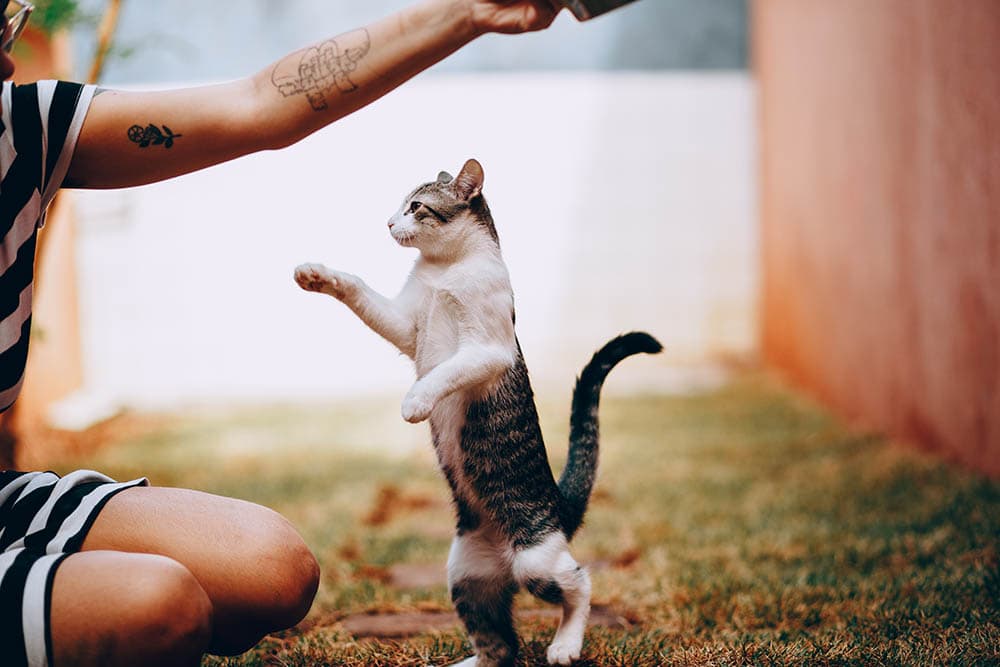
10. Try Different Toys
The next step you can take is to try out another toy using the same verbal cues from before. This is a good way to encourage the longevity of the game, even if the prized fetch toy is lost or damaged and you can’t find an exact replacement.
Final Thoughts
Cats are clever animals, so it should not take too long for your pet to pick up on the simple game. If your cat isn’t interested, do not be too upset; it might not be the game for your feline! There are several other games and interactive toys you can share. The primary goal of playtime is to provide your cat with exercise and loving attention.
Featured Image Credit: barte.k_Shutterstock



